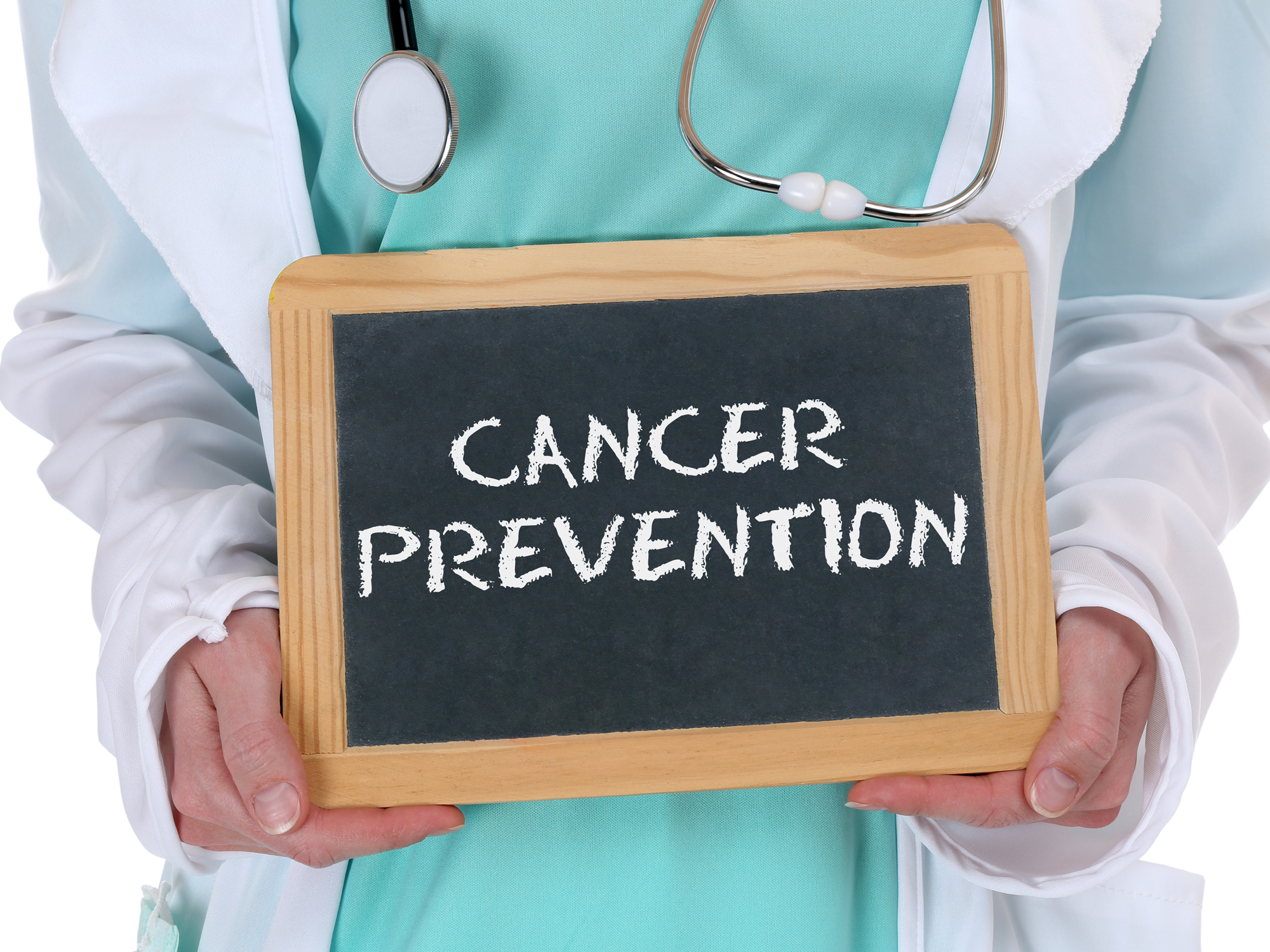Get Easy Health Digest™ in your inbox and don’t miss a thing when you subscribe today. Plus, get the free bonus report, Mother Nature’s Tips, Tricks and Remedies for Cholesterol, Blood Pressure & Blood Sugar as my way of saying welcome to the community!
The most powerful (and preventable) trigger of metastatic breast cancer

In the health care community, obesity is commonly referred to as an epidemic. Nearly 38 percent of American adults are considered obese, with eight percent being extremely obese.
But it’s much more than a weight issue…
Obesity carries with it increased risk for conditions that include heart disease, stroke, type 2 diabetes and certain types of cancer. The fact that all of these life-threatening diseases can result from obesity, turns this into a list of some of the leading causes of preventable death.
But one group hit particularly hard is postmenopausal women. Close to 75 percent of women aged 60 and older are considered obese.
For these women, the weighty problem is a double whammy…
That’s because postmenopausal women are at particular risk of developing breast cancer that metastasizes (spreads), and that risk of aggressive cancer goes up dramatically if a woman is obese.
Fortunately, research is shedding light on exactly how obesity causes the spread of breast cancer, offering women some control in preventing it.
Saving women’s lives
Less than a year ago, scientists from Heidelberg University Hospital in Germany were able to pinpoint the mechanism that connects obesity to breast cancer.
This discovery opens the door to the possibility of stopping tumors from spreading, prior to removing them through surgery.
Breast cancer metastasis and recurrence after tumor surgery is the primary cause of deaths from cancer in women, with recurrence usually within 18 months.
That fact alone makes this discovery a game-changer in the effort to save women’s lives…
Why being obese triggers breast cancer
The German study demonstrated that obesity releases cytokines which make cancer cells more aggressive.
Cytokines are proteins that get released any time our bodies are under attack from infection, illness or injury. In this case, though, they impact the metabolism of breast cancer cells.
Through a chain of chemical events, cytokines facilitate the buildup of acetyl-CoA, a molecule whose usual function is to aid in fat metabolism.
When manufactured in this way, though, acetyl-coA activates the gene that encourages breast cancer cells to metastasize.
Postmenopausal women are at greatest risk
Being overweight after menopause may increase the risk of estrogen-receptor positive breast cancer.
After menopause, the ovaries no longer produce much estrogen, so any estrogens are found mainly in fat tissue. The enzyme aromatase is also found in fat tissue. Its job is to convert adrenal hormones into estrogen.
Thus, heavier women have higher blood estrogen than thinner women, putting them at increased risk for estrogen-receptor positive breast cancer.
6 other ways to guard against breast cancer
Besides maintaining a healthy weight, here are some other proactive steps you can take.
- Know your density. Dense breasts have less fatty tissue than non-dense breasts. On a mammogram, both tumors and breast tissue show up white, while fat looks dark. This makes it more difficult to detect tumors in dense breasts.
Also, for reasons that are not clear, dense breasts make your cancer risk up to six times higher.
As of last year, thirteen states require clinics performing mammograms to inform patients of their breast density scores.
If you have dense breasts, see if you can get your insurance to cover digital mammography, rather than traditional mammograms. The digital procedure offers higher contrast and is more able to detect tumors.
- Know your family history. Knowing if anyone in your immediate or extended family had cancer can help you assess your risk. This includes your father’s family. Both men and women can carry the BRCA1 or 2 genes that are linked to breast cancer.
- Limit hormone therapy. Long-term use of combined estrogen and progestin therapy can significantly increase breast cancer risk.
- Eat the right foods. Evidence continues to build that eating a natural, vitamin- and mineral-rich diet free of processed foods can minimize your cancer risk. Start here to learn how you can adjust your diet to include the right cancer-protective foods.
- Detect it early. The American Cancer Society tells us that the five-year survival rate for breast cancer that’s found early and confined to the breast is 99%. Be diligent about doing breast self-examination.
- Consider breast thermography. This procedure uses infrared cameras, rather than radiation, to detect changes in breast tissue and blood vessels. It’s painless and can see possible cancerous or pre-cancerous growths up to 10 years before they can be seen with a mammogram.
Editor’s note: Discover how to live a cancer prevention lifestyle — using foods, vitamins, minerals and herbs — as well as little-known therapies allowed in other countries but denied to you by American mainstream medicine. Click here to discover Surviving Cancer! A Comprehensive Guide to Understanding the Causes, Treatments and Big Business Behind Medicine’s Most Frightening Diagnosis!
Sources:
- Obesity makes breast cancer cells more aggressive — NaturalHealth365.com
- How obesity promotes breast cancer — American Association for the Advancement of Science (AAAS)
- Obesity and Menopause: A Growing Concern — North American Menopause Society
- Cytokines, obesity, and cancer: new insights on mechanisms linking obesity to cancer risk and progression — Annual Review of Medicine
- BODY WEIGHT AND WEIGHT GAIN — Susan G Komen
- Dual effects of weight and weight gain on breast cancer risk — JAMA: The Journal of the American Medical Association












